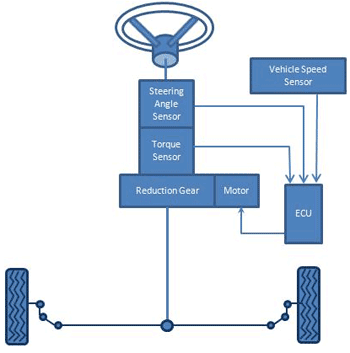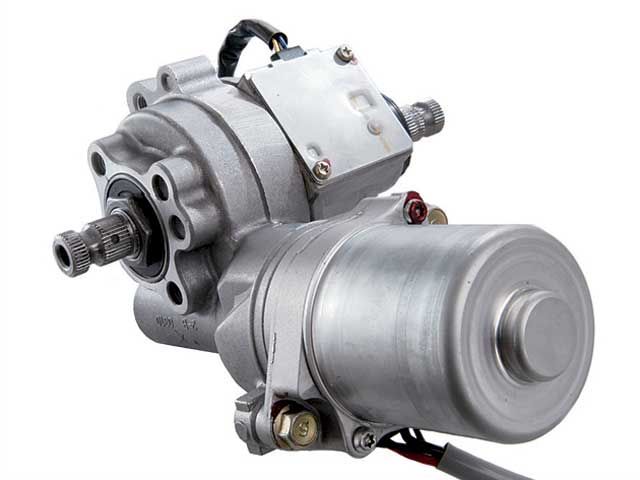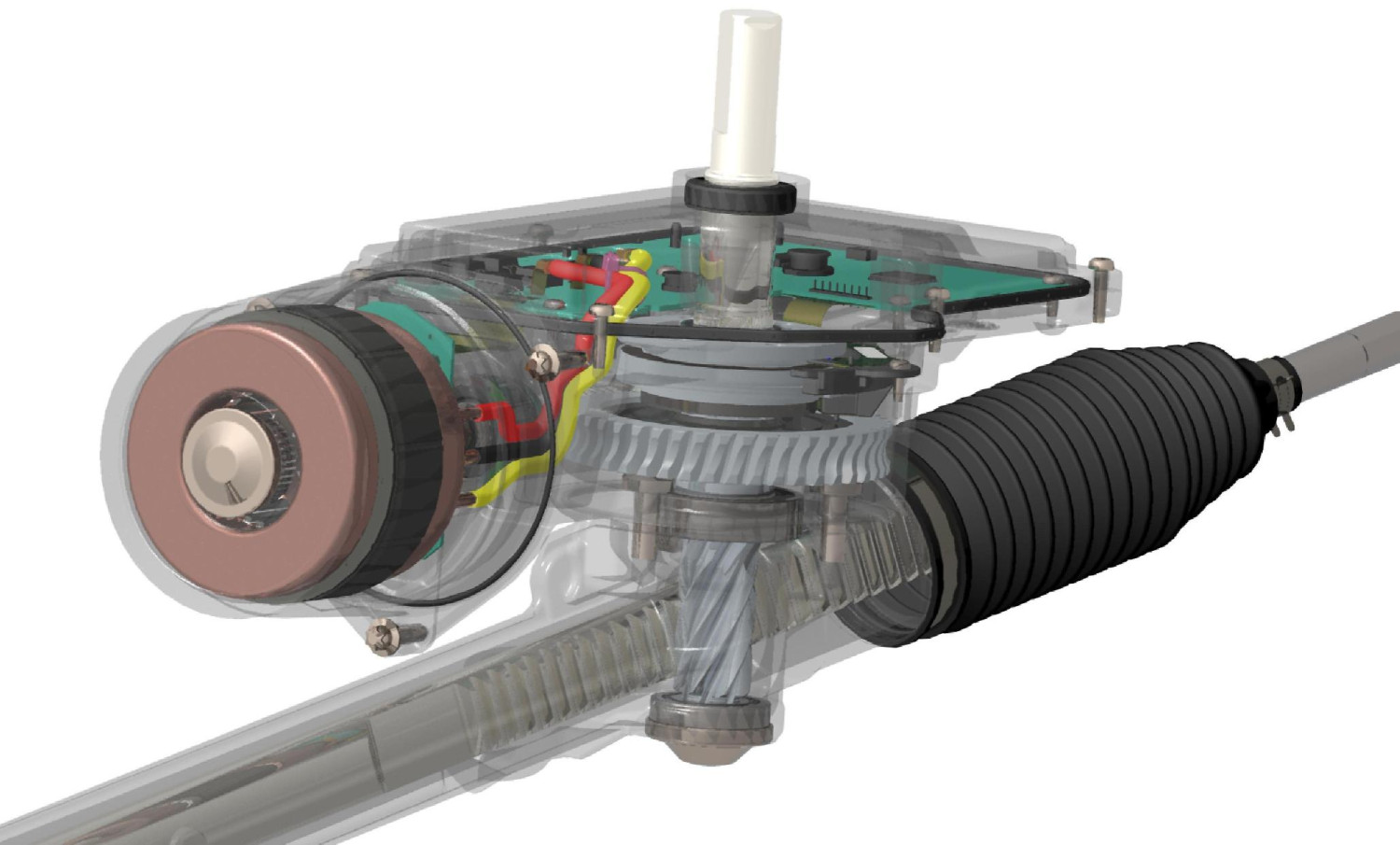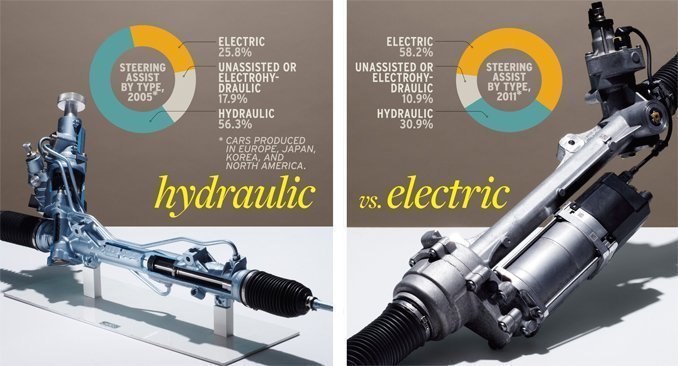This Is How An Electric Power Steering Makes Steering Easier
Since long the automobile manufacturers have been striving to improve the comfort level of the driver and passengers, in a way that the reliability is not compromised, and the number of components are reduced significantly to cut down production costs. A vehicle is designed around the driver because he is the one who is responsible for the safety of its passengers. His comfort will have special considerations. Since steering is the main line of communication between driver and the car, it always gets special attention; to improve handling and driving experience.
In this article I will try to explain how an electric power steering works because EPS is now almost standard in passenger and light transport vehicles. The main reason for this standardization is to reduce manufacturing costs of a conventional steering that has a lot of moving mechanical parts like a belt driven hydraulic pump and its lines etc. After production, costs of EPS steering box are much less than the hydraulic steering. And the major merit of EPS is increase in fuel efficiency and engine performance.
Unlike a hydraulic power steering system that is continuously driven by a hydraulic pump, the main advantage of an EPS unit in a vehicle is that it powers the EPS motor only when necessary. Also EPS units have variable power assist providing more assist at lower speeds and less assist at higher speeds.

Major components of EPS and its working
Torque sensor
The torque sensor is responsible for measuring and monitoring the torque (force x distance) on a rotating mechanism. The torque sensors convert mechanical input into electrical output signal. It basically consists of proximity and displacement sensors or simply ‘photocells’. The torque sensor zero position should be calibrated whenever any kind of servicing is done to the steering assembly or if a difference is felt between making left and right turns.
Control unit
The EPS control unit has a set of algorithms that calculates the amount of assist required based on the speed of the vehicle and the turn angle of the steering wheel as applied by the driver. It also calculates the steering wheel position and the speed rate by which it is being turned. It has inputs from the torque sensor, the vehicle speed sensor, and the steering sensitivity settings (if equipped). It sends this data to the EPS assist motor coupled with reduction gear.
EPS motor and reduction gear
The EPS motor usually consists of a brushless DC electric motor and as final sensing requirement in EPS is of the motor position and the speed by which it rotates providing assist to the driver, it also contains a feedback mechanism so that the control unit knows where the motor is parked. The motor is highly efficient so that it puts minimum strain on the vehicle’s electric circuit. The response of this motor is lower than 100 micro seconds. The motor is also designed in a way that if it stops working the mechanical linkage between the steering rack and the steering wheel is not affected. A reduction gear is installed as final output of motor to keep the load on the motor minimum and getting the work done through minimum electrical load.

Pros and cons of EPS
Pros
- Fuel efficiency because of being light in weight and no continuous load on engine in the form of a mechanical pump.
- No pressurized fluid hence no rubber hoses and reservoirs.
- Easier to install, repair during assembly and repairs.
- More tolerant on out of spec road surfaces.
- The software of the assist motor is programmed in a way to assist straight line cruise.
- Auto parking feature (in some high end car).
- Reverse cam adjusting and assisting during reverse parking.
Cons
- It makes a car feel numb because of almost zero feedback from the driving surface.
- Depends on a lot of body sensors like speed/velocity sensors, yaw rate sensors.
- Any related electric problem will cause its steering to work hard even than normal steering with no assist.
- Prone to getting damaged easily by water and dust.
- Only qualified professionals can diagnose the problem related to EPS.
Image below shows the percentage of cars produced with EPS and without EPS, year 2011 compared to 2005.



what is the cost of this machine? from where i should buy and place in my car? i have a baleno 99 (no power steering) and i reside in Islamabad..